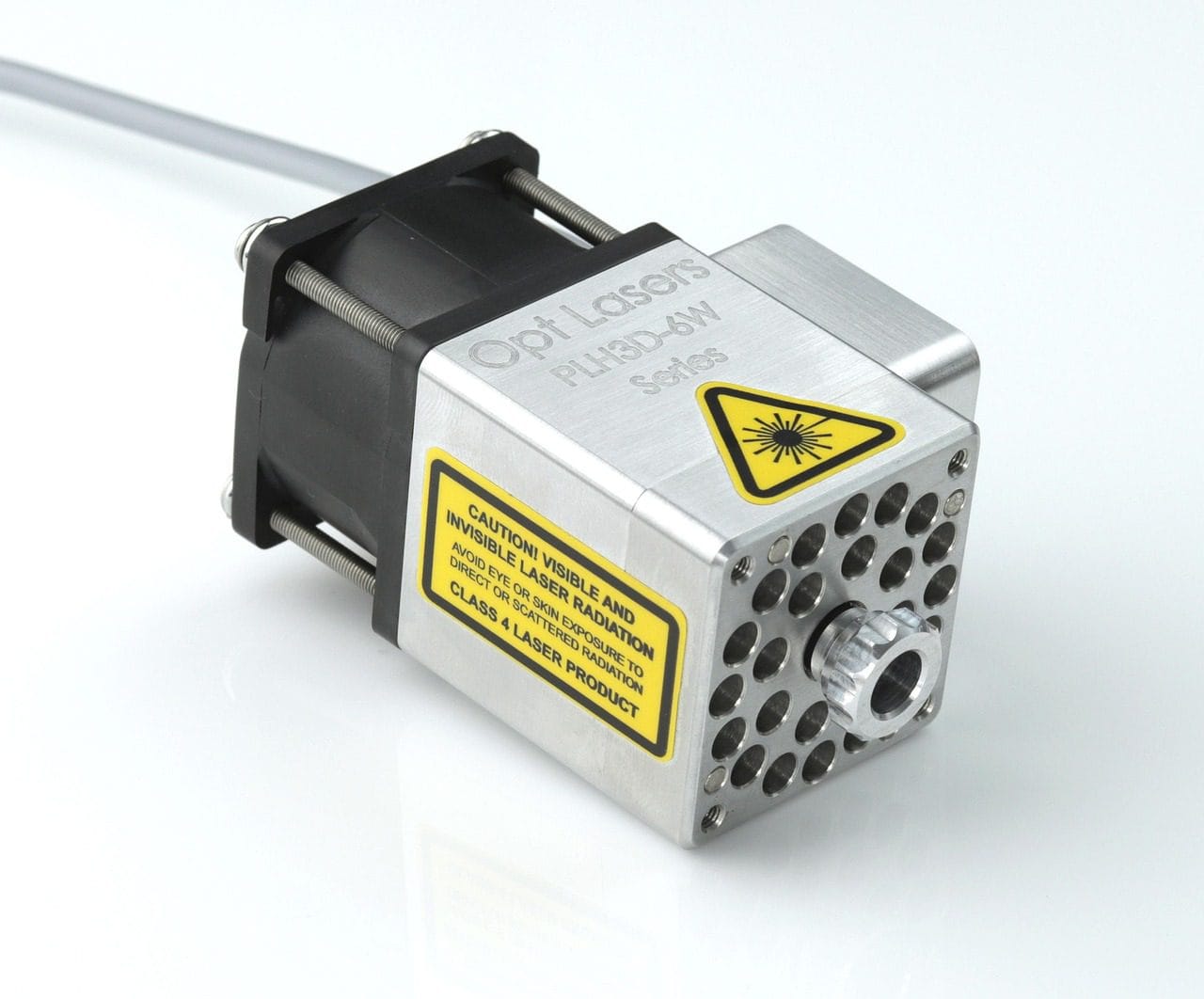Accurate calibration of advanced driver assistance systems ensures sensors and cameras provide trustworthy data. Here are the essential tools every workshop needs to perform ADAS calibrations:
- Diagnostic scan tool. Use a capable scan tool to read fault codes, access manufacturer calibration procedures and initiate routines.
- Calibration frame and targets. Special stands and target boards align cameras and radar sensors at the correct height and distance.
- Laser alignment system. Precise lasers help position targets and measure angles for accurate sensor alignment.
- Level surface or lift. According to the AAAA ADAS Industry Code of Conduct, calibrations must be performed on a level surface to ensure proper measurements.
- Wheel alignment equipment. Checking and adjusting toe, camber and thrust angle is essential before calibrating sensors.
- Measuring tapes and plumb bobs. These simple tools verify distances between targets, sensors and the vehicle centreline.
- Reflectors and radar plates. Radar sensors require specific reflectors or plates to simulate objects during calibration.
- Software subscriptions. OEM or aftermarket software gives access to the latest procedures, targets and updates.
- Safety equipment. Always use wheel chocks, cones and personal protective gear to maintain a safe calibration area.
- Documentation and training. Proper training and record keeping are critical. Follow the AAAA Code of Conduct to document every calibration step.
Having the right tools and training ensures accurate ADAS calibrations and safer vehicles. For more calibration tips and guides, explore the Calibration Club on the ADAS Project.

Hiran Alwis is an automotive lecturer and ADAS specialist with over 15 years of experience in diagnostics, advanced safety systems, and technical training. He founded ADAS Project to help everyday drivers and workshop technicians understand and safely use advanced driver assistance systems.

